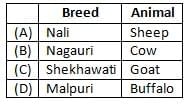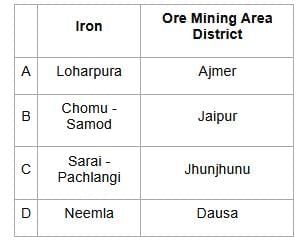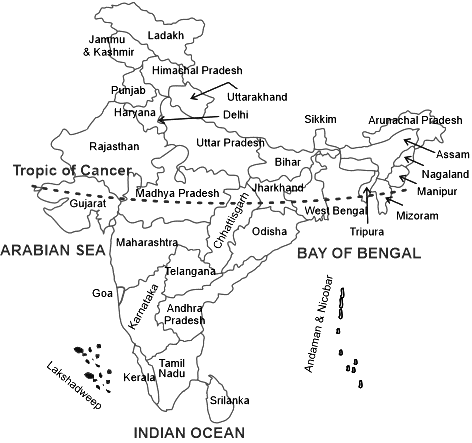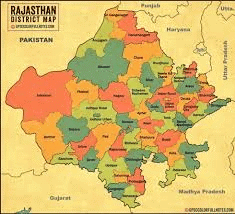RSMSSB Librarian Grade-III Paper 1 Mock Test- 2 - RPSC RAS (Rajasthan) MCQ
30 Questions MCQ Test - RSMSSB Librarian Grade-III Paper 1 Mock Test- 2
What is the theme of Jaisalmer's Desert Festival 2024?
A short season between the rabi season and the kharif season is called _______.
On whose proposal was "Matsya Sangh' given its name?
'Kamadiya Panth' was established by -
Which one of the following is not correctly matched?

Which among the following is correctly matched?
(i) Khejarli Movement - Amrita Devi
(ii) Chipko Movement - Gaura Devi
(iii) Appiko Movement - Karnataka
Which of the following is the first established cotton industry mill in Rajasthan?
Who among the following authored ‘Poverty and Un-British Rule in India’?
Read the statements carefully-
I. Advocate General has the right to take part in the proceedings of the Legislative Assembly of the State.
II. He is entitled to vote in the Legislative Assembly of the State.
Which of the following is correct?
In reference to some salient features of agriculture in Rajasthan, which of the following is correct?
1. Dominance of food-grain crops
2. Monsoon neutral agriculture
3. High dependence on Dry-farming
4. Existence of Shifting Agriculture
Select the correct answer, using the codes given below-
When did the Britishers shift the capital to Delhi?
Why Magadha was the first among the Sixteen Mahajanapadas ?
Which state was Union Territory at the time of unification in Rajasthan?
Rajasthan State Industrial Development and Investment Corporation Limited (RIICO) was established in the year -
The outlines of Second Five Year Plan was made by -
The Tropic of Cancer passes through ______ Indian States
Which of the following rivers discharge their waters in the Arabian Sea.
a) The Indus
b) The Narmada
c) The Krishna
d) The Mahi
Which one of the following is not correctly matched?




















